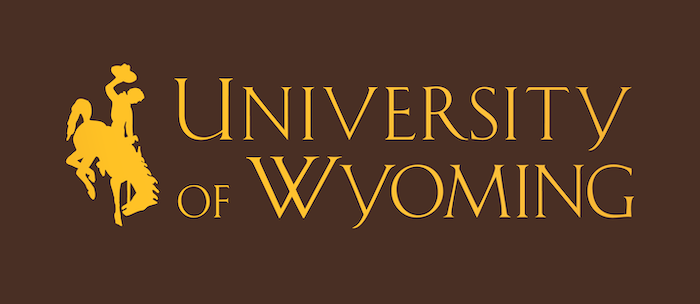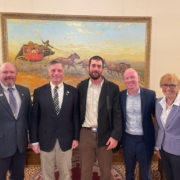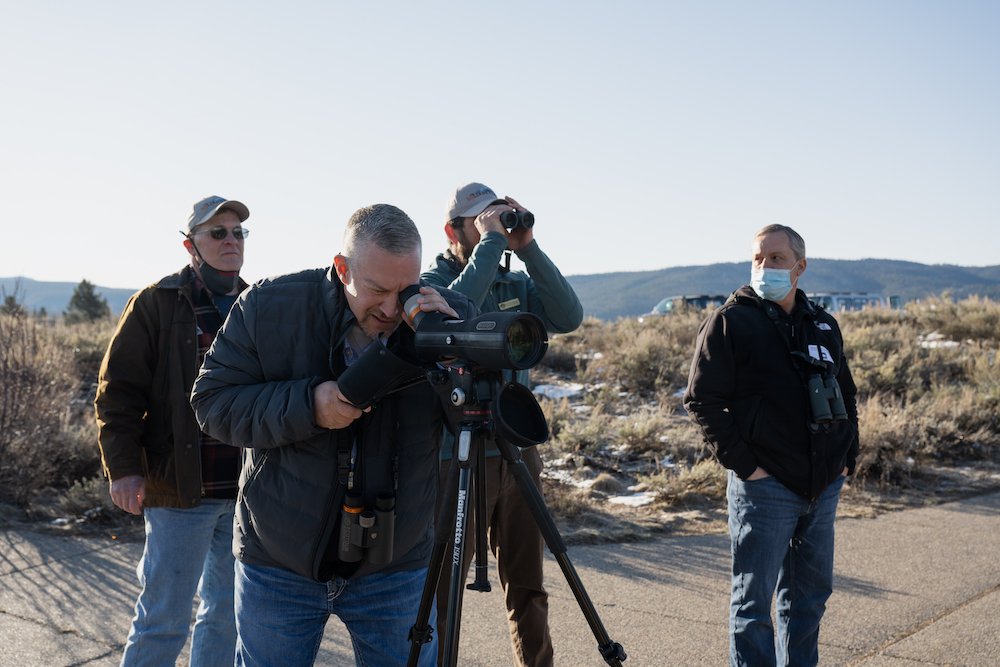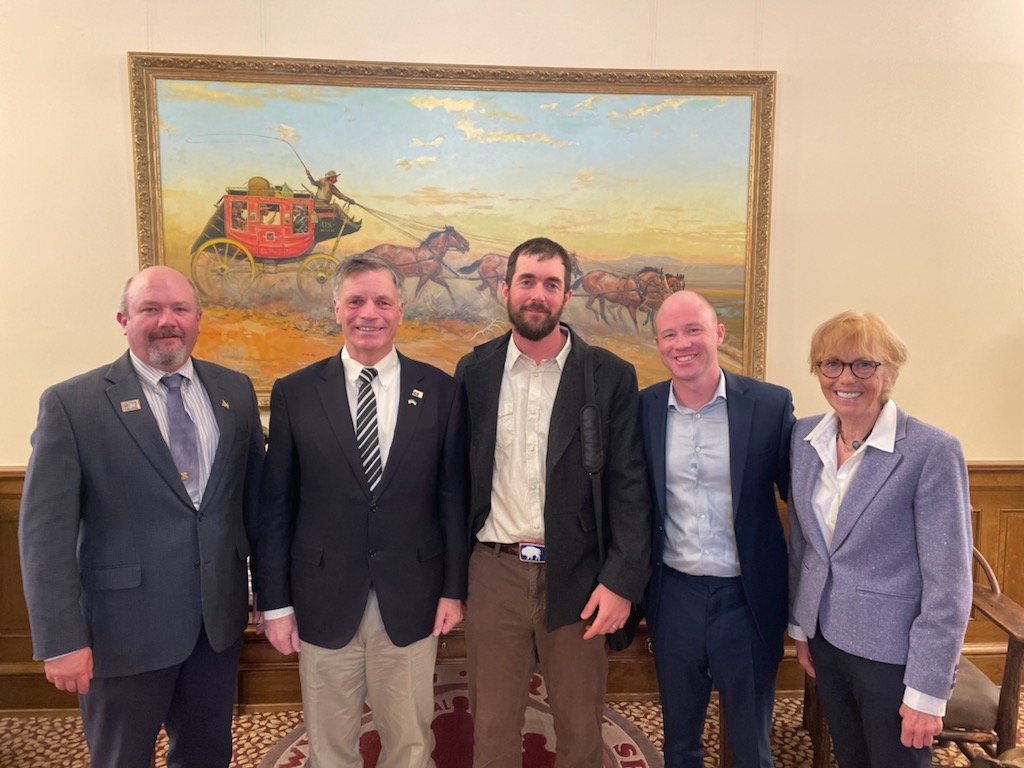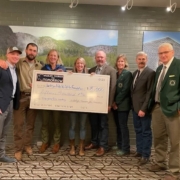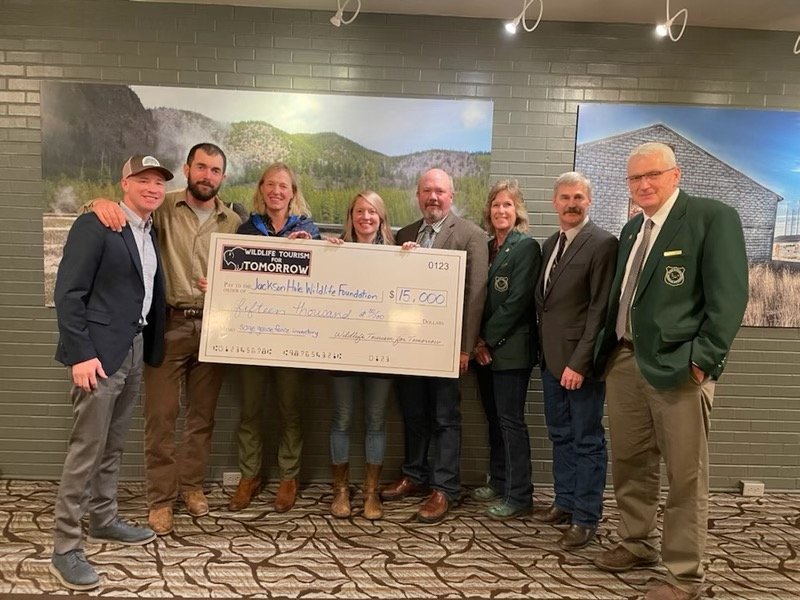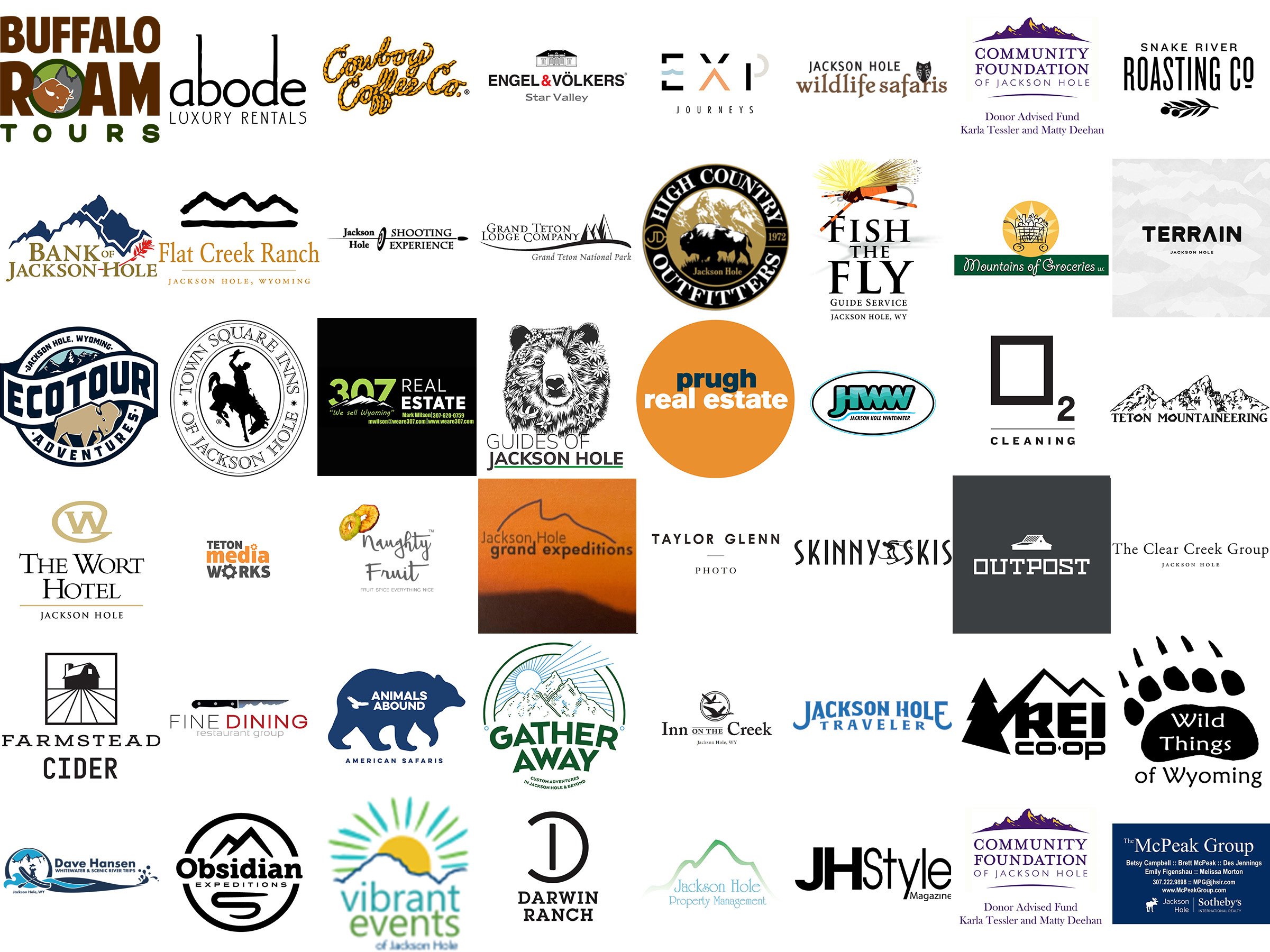I-25 Wildlife Crossing FUNDED
I-25 (Buffalo to Kaycee) Wildlife Crossing Project – Fully Funded and Bid Accepted
One of The WYldlife Fund’s first objectives has been to construct wildlife crossings in key areas of Wyoming. Wildlife crossings are an effective way to save wildlife and protect drivers. According to one conservative estimate, wildlife-vehicle collisions in Wyoming cost $54-56 million per year. This includes the costs due to human injuries, vehicle damages, and lost wildlife value.
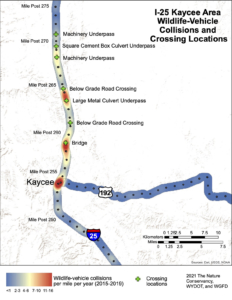
Our first large project focus has been the I-25 (Buffalo to Kaycee) Wildlife Crossing Project. This effort between The WYldlife Fund and our strategic partners seeks to build 15 miles of exclusionary fencing to direct wildlife — mainly mule deer — to existing underpasses as opposed to crossing the highway surface. We are so thrilled to have accomplished our goal, as the Wyoming Department of Transportation recently accepted a bid to start the building of the exclusionary fencing. Construction is expected to begin in spring of 2023.

The allure of this project and the reason for its relatively low overall cost is due to the use of these existing underpasses being utilized to provide safe passage for wildlife across I-25. The crossing will improve wildlife connectivity across a 15 mile stretch of I-25 by directing wildlife to six different existing underpasses. Deer escape ramps, cattle guards and gates will also be included in construction plans to facilitate appropriate movements of big game animals into the future.
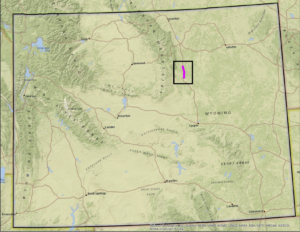
Carcass counts and crash data will be used to compare conditions before and after project completion to measure success of the project. We will also confer with the Powder River Mule Deer Initiative Research to compare pre and post project data.
By reducing wildlife-vehicle mortalities, we expect an increase in overall mule deer population numbers in the Upper Powder River and Pumpkin Buttes.
Learn more about our Wildlife Crossing Work.
How has The WYldlife Fund contributed to this important project?
- Partnered with the Knobloch Family Foundation to raise $200,000
- Partnered with the Bass Pro Shops and Cabela’s Outdoor Fund to raise $125,000
- Partnered with the Wyoming Wildlife and Natural Resource Trust to help generate over $350,000 in matching funds
- Donated 100% of proceeds from a Wyoming Commissioner License sale for $25,000: if you purchased a ticket in our raffle, YOU helped support this project
- Partnered with Williams energy to raise $10,000
- Partnered with our friends at the Muley Fanatic Foundation to hold the first Golf for Wildlife Outing in Buffalo which raised $7,000
- Donated $2,500 to help promote the Governor’s wildlife license plate challenge in 2020 which generated dollars for statewide wildlife crossing projects
The WYldlife Fund is honored to have worked with several other outstanding organizations who advocated for and raised essential funds for this project.
THANK YOU TO THESE INCREDIBLE PARTNERS AND FUNDERS
Wyoming Game and Fish Department
Wyoming Department of Transportation
Knobloch Family Foundation
Muley Fanatic Foundation
Williams Energy
Wyoming Wildlife and Natural Resource Trust
Cabela’s and Bass Pro Shops Outdoor Fund

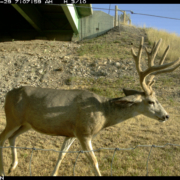
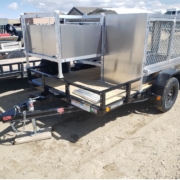
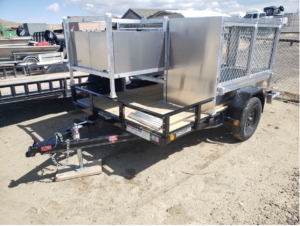
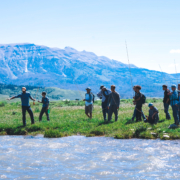
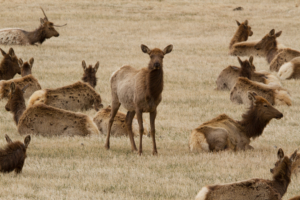

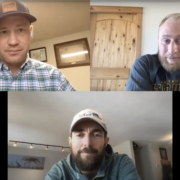
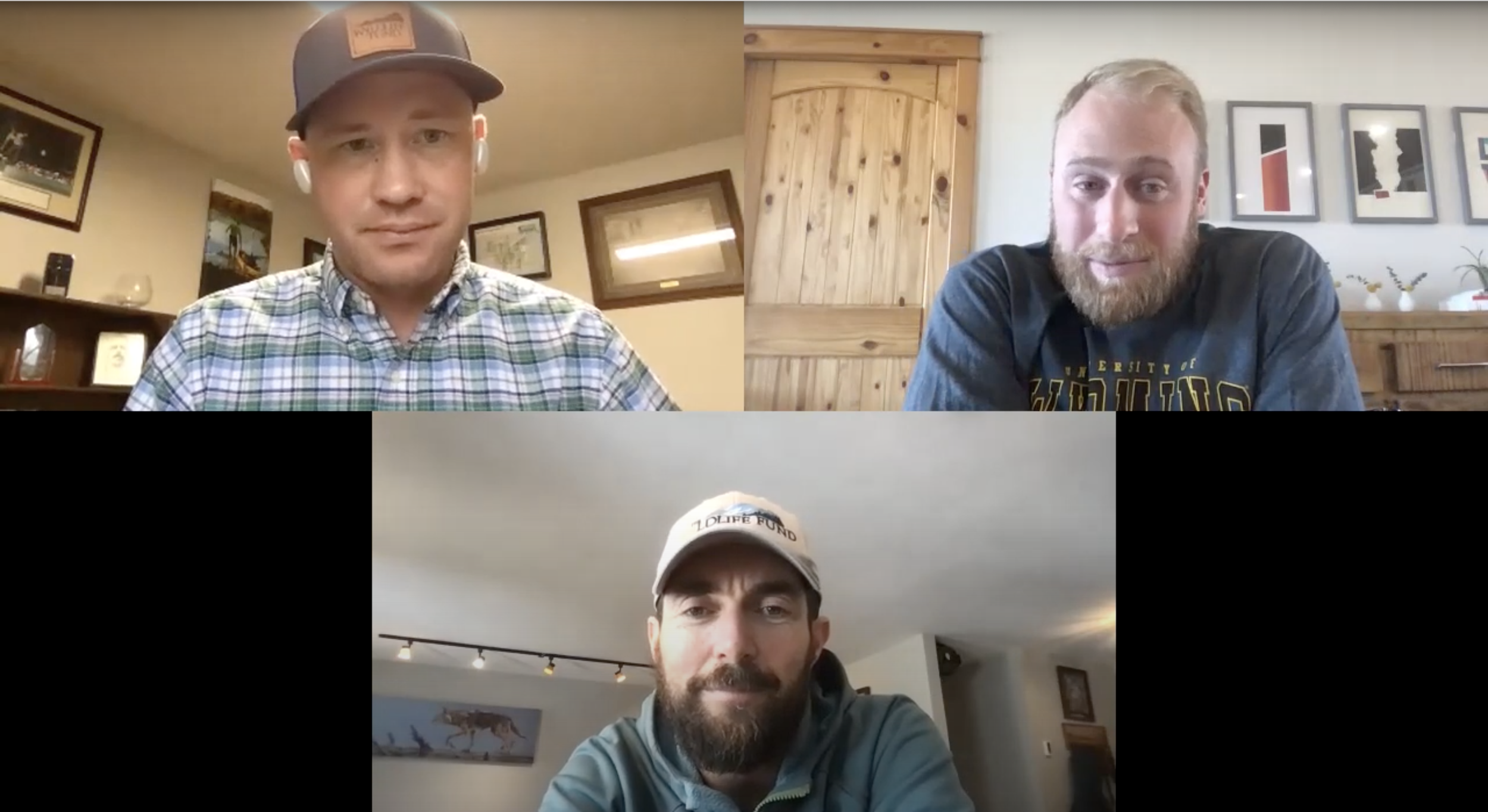 Clockwise, beginning from top left: Chris McBarnes, president of The WYldlife Fund; Dr. Jacob Hochard, professor of Conservation Economics at UW’s Haub School of Environment and Natural Resources; Taylor Phillips, founder of WTFT.
Clockwise, beginning from top left: Chris McBarnes, president of The WYldlife Fund; Dr. Jacob Hochard, professor of Conservation Economics at UW’s Haub School of Environment and Natural Resources; Taylor Phillips, founder of WTFT.